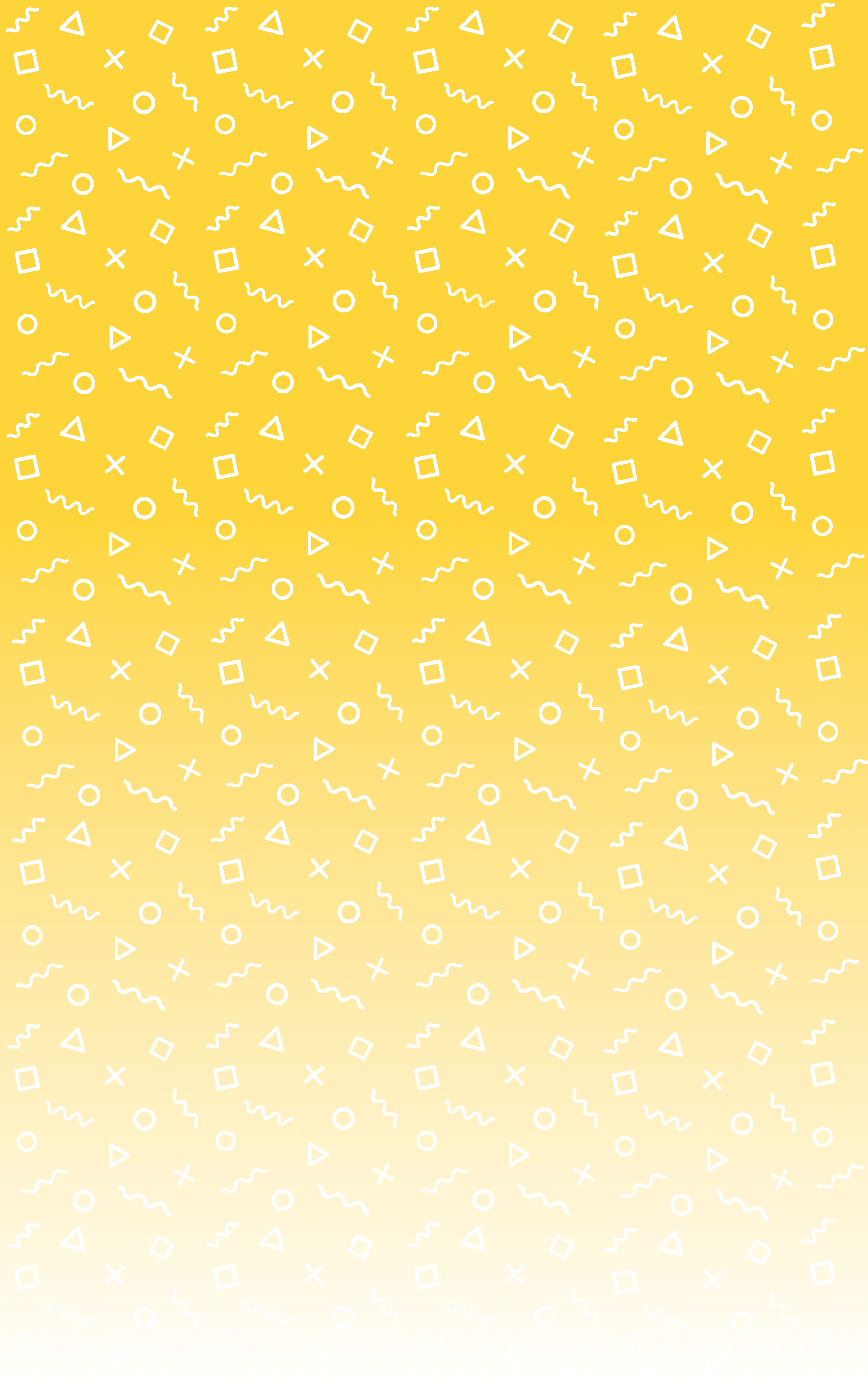
Pupster
Making dog adoption easy and fun!
Intro
Problem Statement
Animal shelters and kennels are often under-funded, leading to dog adoption websites varying widely in quality and ease-of-use. This creates a challenging adoption process for new pet owners, and deters adopters who cannot work the website.
Solution
Pupster would create a simple and effective platform for shelters to list available animals without having to take on any web development, thus creating a more streamlined adoption process. In addition, it would allow potential adopters to search multiple shelters at one time, speeding up the process of finding the perfect dog for their family.
Goals
Streamline the dog adoption process
Increase the ability of animal shelters to publicize adoptable pets
Save shelters money on website costs
Increase dog adoption rates, especially for older/disabled dogs
Context
This design was created as a design exercise for my portfolio, with the knowledge that it would probably never be a real app. That being said, I have worked at animal shelters before and I have seen how useful an app like this could be. I tried to not only make the design of the app look nice, but to also think of and implement helpful tools for animal shelters and adopters that I have seen need for in past experiences.
The Process
This project started with a random prompt from an app idea generator, which output “Tinder for dogs.” A dog dating app was not particularly interesting, especially because the hardware needed for dog-to-phone interfacing is not in my particular department. Therefore a dog-adoption app, inspired by dating apps, seemed like a more appropriate way to showcase my skills.
To begin, I decided to brainstorm a list possible functions for the app. Then I researched current design trends in both dating and pet adoption apps. In my search, I found plenty of beautiful designs, but I felt that many of them were impractical or inaccessible. For example, I wanted to cut back on the amount of micro-animations in my app, as these can sometimes trigger seizures and migraines, as well as confuse users who have trouble processing sensory inputs. Taking this all into consideration, I began to sketch some paper-and-pen wireframes.
After playing around with some designs on paper, I jumped into Figma and started mocking up some screen designs. My first designs followed closely from my wireframes, and included a lot of wasted space. I was designing for the dimensions of the smallest iPhone currently on the market (it is always easier to scale up than scale down), so this wasted space really added up.
Many iterations and tweaks later, I had my final product.
Key Takeaways
Iterate! Iterate! Iterate!
I made the mistake of getting too attached to certain design ideas early on, and not testing out a variety of them in the iteration process. This taught me to make sure that all design ideas are put to the test, even if you are very attached to them.
“Done” is the enemy of “great”
Design is never done. There’s always something more you can add, or another feature you can tweak. But sometimes you just need to finish the project. This app was designed as an exercise, and to display my skills as a designer. Now that I am done with it, I can see at least ten things I would do differently. But I had a deadline, so that’s how they’re going to stay (at least until I sell this app idea for $10 Billion dollars). That being said, I know that the next app I design is going to benefit from all the lessons I learned from this one. “Done” may be the enemy of “great”, when it comes to a single project. But from the perspective of a career, “done” is the necessary precursor of “great.”
Next Steps
In the future, the Pupster app could be expanded to include a website-hosting service to allow animal shelters to easily create custom landing pages. In addition, the app could include pet-related news, and possibly a pet insurance marketplace.





